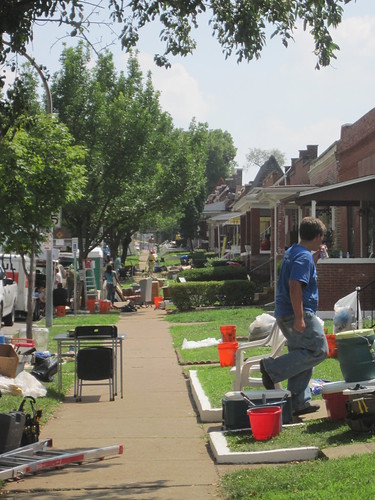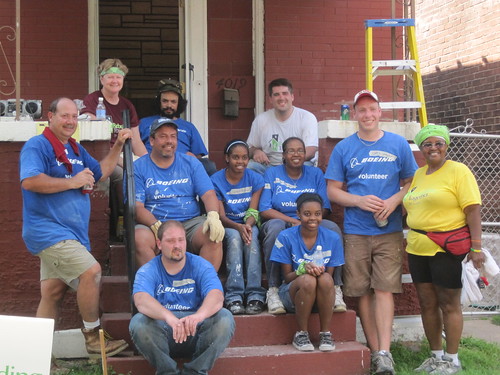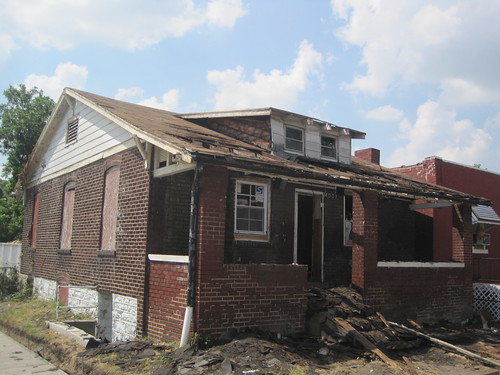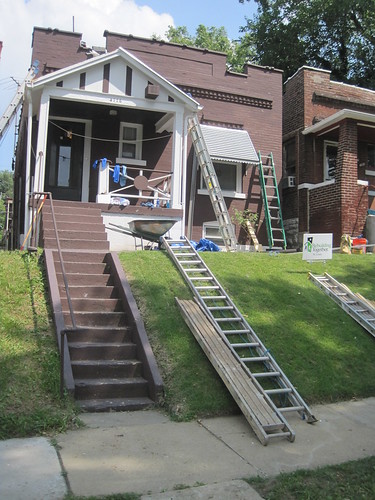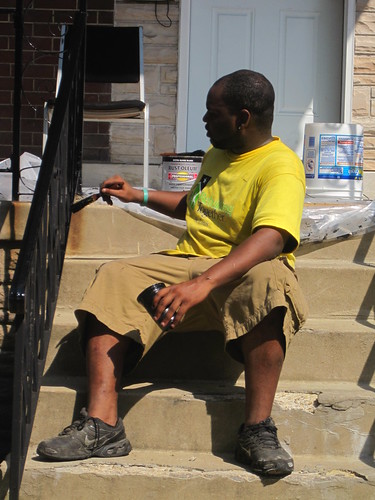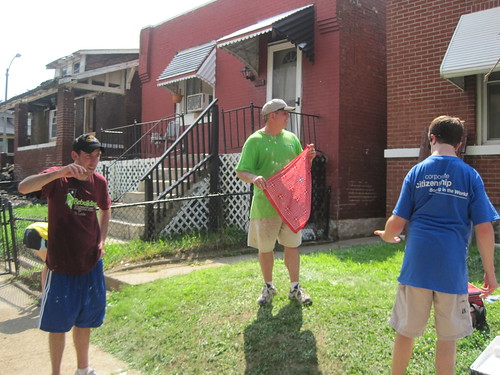by Michael R. Allen
In the past few weeks, proponents of the possibly impending economic development deal crafted between leaders in the Missouri House and Senate have made excuses for proposed cuts to the historic rehabilitation tax credit: “it was going to be cut anyway.†This rationale has led many St. Louis political leaders, developers and even usually-opinionated bloggers to concede that the state’s proven revitalization tool will have to be lopped to make way for a brave new future of subsidies for new cargo warehouses.
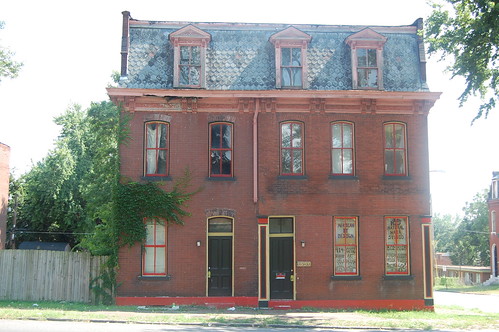
We’ve heard that the “big buildings are done,†a statement that one could not safely make at the corner of 8th and Olive streets in downtown St. Louis, or in the railyard industrial areas of Kansas City. We have hard that it’s time for “new money†and new economics, a line that fails to mention that the cargo warehouse credits as written would only go to new construction, and that warehouses are not know for either welcoming pedestrian flanks or for innovative architecture. Worst, we have heard that a $10 million limit on historic tax credit awards of $275,000 or less is somehow protection of neighborhood microdevelopment.
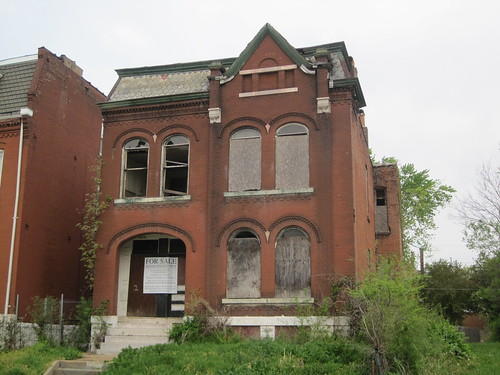
To be sure, having some nod toward small projects is better than none, but what we have on the table is an annual $90 million issuance of historic tax credits in which small projects will only get $10 million – not a penny more. The $80 million majority of credits will go to the big projects – the ones that some proponents have claimed are “mostly done.†This skewed ratio prevents small developers and property owners from direct competition with large development operations, but it represents a move to cut small projects to over half of activity we saw in Fiscal Year 2011.
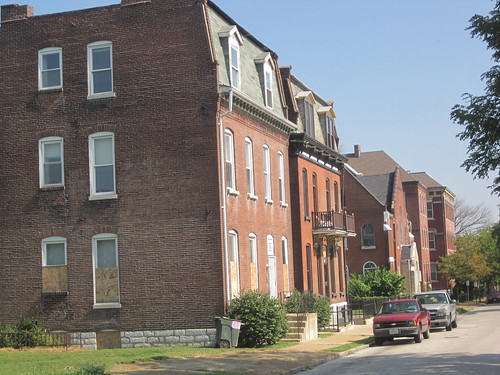
According to data from the Missouri department of Economic Development (DED), in Fiscal Year 2011, the state issued around $21.5 million in historic rehabilitation tax credits to projects that received $275,000 or less in tax credits. This activity represents 165 of the 385 projects to which DED issued historic tax credits. Of course, the total issuance was $116.2 million, so the small projects were far from the majority. Yet they account for around 43% of all projects that used the historic tax credit.
A formula based on caps of $10 million for small projects and $80 million for large projects will end up slowing the pace at which neighborhood revitalization can take place, in small towns and big cities. In St. Louis, the effects could be most harmful in distressed neighborhoods across north St. Louis where new historic districts are being created or have been created in St. Louis Place, the Ville, Penrose, O’Fallon and the Wellston Loop. Literally thousands of north St. Louis buildings will be eligible for the Missouri historic rehabilitation tax credit by the end of the next year, in addition to buildings in the rest of the city. Will these buildings have fair access to an incentive designed to bring them back to productive use?
The answer to that questions rests with the General Assembly, as well as to backers of the tax credits for the cargo warehouses. Those who advocate for neighborhood revitalization can fight for a mechanism that may bring us more jobs, which the region does need, but they should not let their guard down when it comes to the mechanism that often is what stands between a rehabilitated, human-scaled building and a vacant lot or gas station.
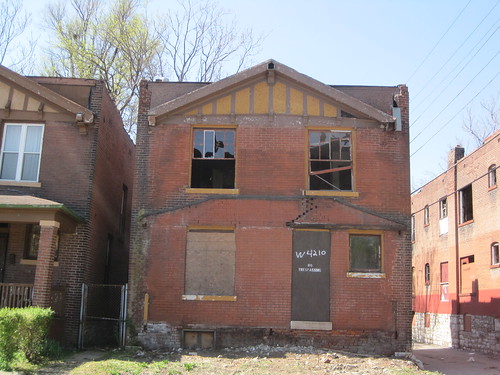
This is no either-or proposition – St. Louis will not be an attractive place for new investment if it neighborhoods aren’t improving. Missouri can’t give us unlimited money, but we can make sure that what we get doesn’t rob resources from neighborhoods that can’t afford lobbyists in the Capitol this week. A $10 million cap is too low. At least the cap should be based on last year’s activity of $21 million, so we don’t lose the momentum that is transforming tough blocks into great places to live.

